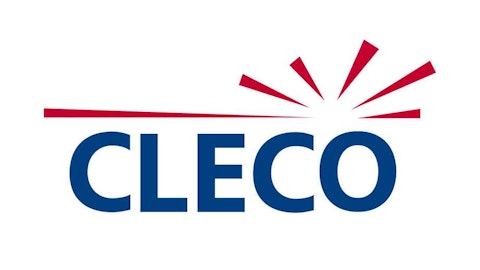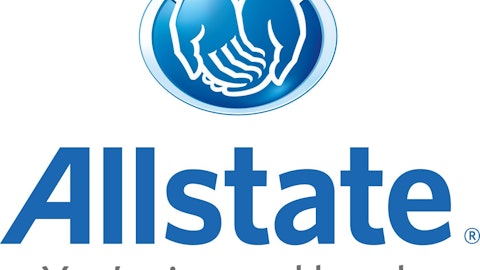According to a Form 4 filed with the SEC, Kenneth Masick purchased 4,700 shares of Retail Properties of America Inc (NYSE:RPAI) on December 14th at an average price of $11.92 per share. Masick serves on the company’s Board of Directors and so this transaction had to be reported as an insider purchase. This gives Masick a total of 7,700 shares held directly; he had bought the other 3,000 shares in late August, at an average price of $11.11. Retail Properties of America is a $2.8 billion market cap real estate investment trust owning shopping centers in 35 states. The stock is up 32% from its levels shortly after its April IPO.
By reviewing our database of insider trading filings, we can see that another Board member was buying the stock in mid-December (see a history of insider purchases at Retail Properties of America). We like to track insider purchases because on average they tend to be bullish signs; insiders have many reasons to sell a stock (including diversification), but actual buying would generally be taken to indicate confidence in the company. Studies bear this out (read our review of studies on insider trading). In particular, when there are multiple insiders buying a stock- “consensus insider buying”- it’s particularly likely (though not certain) that the stock will outperform (find out more about strategies that monkey insider trades).
Funds from operations- which is used to evaluate the “earnings” of REITs, rather than net income- increased by 24% in the third quarter of 2012 compared to the same period a year ago, a slight acceleration from performance in the first half of the year. However, as with many REITs, the attractive feature of Retail Properties of America Inc is a high dividend yield and so for many investors interested in the stock value analysis will play second fiddle to income prospects. Since going public the company has made two quarterly dividend payments, which imply a yield of 5.6%. Retail Properties of America has over $100 million in cash and cash equivalents and good cash flow from operations. However, while the stock has not been traded long enough to calculate a useful beta statistic, we would expect that a company tied to retail would have significant exposure to the overall economy.
We think that it’s best to compare Retail Properties of America to other real estate investment trusts, as these are the most likely alternatives for investors considering the stock. Four retail-focused REITs are DDR Corp (NYSE:DDR), Kimco Realty Corp (NYSE:KIM), Weingarten Realty Investors (NYSE:WRI), and Simon Property Group, Inc (NYSE:SPG). There is actually a fairly wide spread of beta statistics in these four stocks, with Simon having the lowest exposure to the broader market at a beta of 0.9 and DDR’s having the highest at 1.7, with the other two stocks falling about in the middle of that range. All four are also larger than Retail Properties of America in terms of market cap; Simon by quite a bit (at $48 billion), with the rest valued at less than $10 billion. In terms of dividend yields, there’s a fairly clear division: Simon and DDR have yields of about 3% at current dividend levels and prices, while Kimco and Weingarten offer yields above 4%. As a result, Retail Properties of America seems to have the highest yield- at least for now- though it also has the shortest history as a public company and the lowest market cap.
Between its income characteristics- and there’s a good case that it’s superior to its peers in that regard- and seeing consensus insider buying, Retail Properties of America Inc looks like an interesting choice among REITs. Income investors should of course look more closely to see that dividend payments will continue at similar levels, and be prepared for substantial fluctuations in the price with market movements.






